Super Purchasing for Cnc Turned Components - Different Types of Machining Operations – Basile Detail:
Different Types of Machining Operations
During the manufacturing of a part, a variety of machining operations and processes are needed to remove excess material. These operations are usually mechanical and involve cutting tools, abrasive wheels, and discs, etc. Machining operations may be performed on stock mill shapes such as bars and flats or they may be executed upon parts made by previous manufacturing methods such as casting or welding. With the recent advancement of additive manufacturing, machining has of late been labeled as a “subtractive” process to describe its taking material away to make a finished part.
Different Types of Machining Operations
Two primary machining processes are turning and milling – descried below. Other processes sometimes are similar with these processes or are performed with independent equipment. A drill bit, for instance, may be installed on a lathe used for turning or chucked in a drill press. At one time, a distinction could be made between turning, where the part rotates, and milling, where the tool rotates. This has blurred somewhat with the advent of machining centers and turning centers that are capable of performing all the operations of the individual machines in a single machine.


Turning
Turning is a machining process performed by a lathe; the lathe spins the workpiece as the cutting tools move across it. The cutting tools work along two axes of motion to create cuts with precise depth and width. Lathes are available in two different types, the traditional, manual type, and the automated, CNC type. The turning process can be performed on either the exterior or interior of a material. When performed on the inside, it is known as “boring”—this method is most commonly applied to create tubular components. Another part of the turning process is called “facing” and occurs when the cutting tool moves across the end of the workpiece – it is typically performed during the first and last stages of the turning process. Facing can only be applied if the lathe features a fitted cross-slide. It used to produce a datum on the face of a casting or stock shape that is perpendicular to the rotational axis.
Lathes are generally identified as one of three different sub-types – turret lathes, engine lathes, and special purpose lathes. Engine lathes are the most common type found in use by the general machinist or hobbyist. Turret Lathes and special purpose lathes are more commonly used for applications that require repeated manufacturing of parts. A turret lathe features a tool holder that enables the machine to perform a number of cutting operations in succession without interference from the operator. Special purpose lathes include, for example, disc and drum lathes, which an automotive garage would use to reface the surfaces of brake components.
CNC mill-turning centers combine head and tail stocks of traditional lathes with additional spindle axes to enable the efficient machining of parts that have rotational symmetry (pump impellers, for instance) combined with the milling cutter’s ability to produce complex features. Complex curves can be created by rotating the workpiece through an arc as the milling cutter moves along a separate path, a process known as 5 axis machining.


Drilling/Boring/Reaming
Drilling produces cylindrical holes in solid materials using drill bits—it is one of the most important machining processes as the holes that are created are often intended to aid in assembly. A drill press is often used but bits can be chucked into lathes as well. In most manufacturing operations, drilling is a preliminary step in producing finished holes, ones that are subsequently tapped, reamed, bored, etc. to create threaded holes or to bring hole dimensions within acceptable tolerances. Drill bits will usually cut holes larger than their nominal size and holes that are not necessarily straight or round due to the flexibility of the bit and its tendency to take a path of least resistance. For this reason, drilling is usually specified undersize and followed by another machining operation that takes the hole out to its finished dimension.
Although drilling and boring are often confused, boring is used to refine the dimensions and accuracy of a drilled hole. Boring machines come in several variations depending on the size of the work. A vertical boring mill is used to machine very large, heavy castings where the work turns while the boring tool is held stationary. Horizontal boring mills and jig borers hold the work stationary and rotate the cutting tool. Boring is also done on a lathe or in a machining center. The boring cutter typically uses a single point to machine the side of the hole, allowing the tool to act more rigidly than a drill bit. Cored holes in castings are usually finished by boring.
Milling
Milling uses rotating cutters to remove material, unlike turning operations where the tool does not spin. Traditional milling machines feature moveable tables on which the workpieces are mounted. On these machines, the cutting tools are stationary and the table moves the material so that the desired cuts can be made. Other types of milling machines feature both table and cutting tools as moveable implements.
Two principal milling operations are slab milling and face milling. Slab milling uses the peripheral edges of the milling cutter to make planar cuts across the surface of a workpiece. Keyways in shafts can be cut using a similar cutter though one that is narrower than the ordinary slab cutter. Face cutters instead use the end of the milling cutter. Special cutters are available for a variety of tasks, such as ball-nose cutters which can be used to mill curved-wall pockets.


Some of the operations a milling machine is capable of performing include planing, cutting, rabbeting, routing, die-sinking, and so on, making the milling machine one of the more flexible pieces of equipment in a machine shop.
There are four types of milling machines – hand milling machines, plain milling machines, universal milling machines, and universal milling machines – and they feature either horizontal cutters or cutters installed on a vertical axis. As expected, the universal milling machine allows for both vertical and horizontal mounted cutting tools, making it one of the most complex and flexible milling machines available.
As with turning centers, milling machines capable of producing a series of operations on a part without operator intervention are commonplace and are often simply called vertical and horizontal machining centers. They are invariably CNC based.
Product detail pictures:
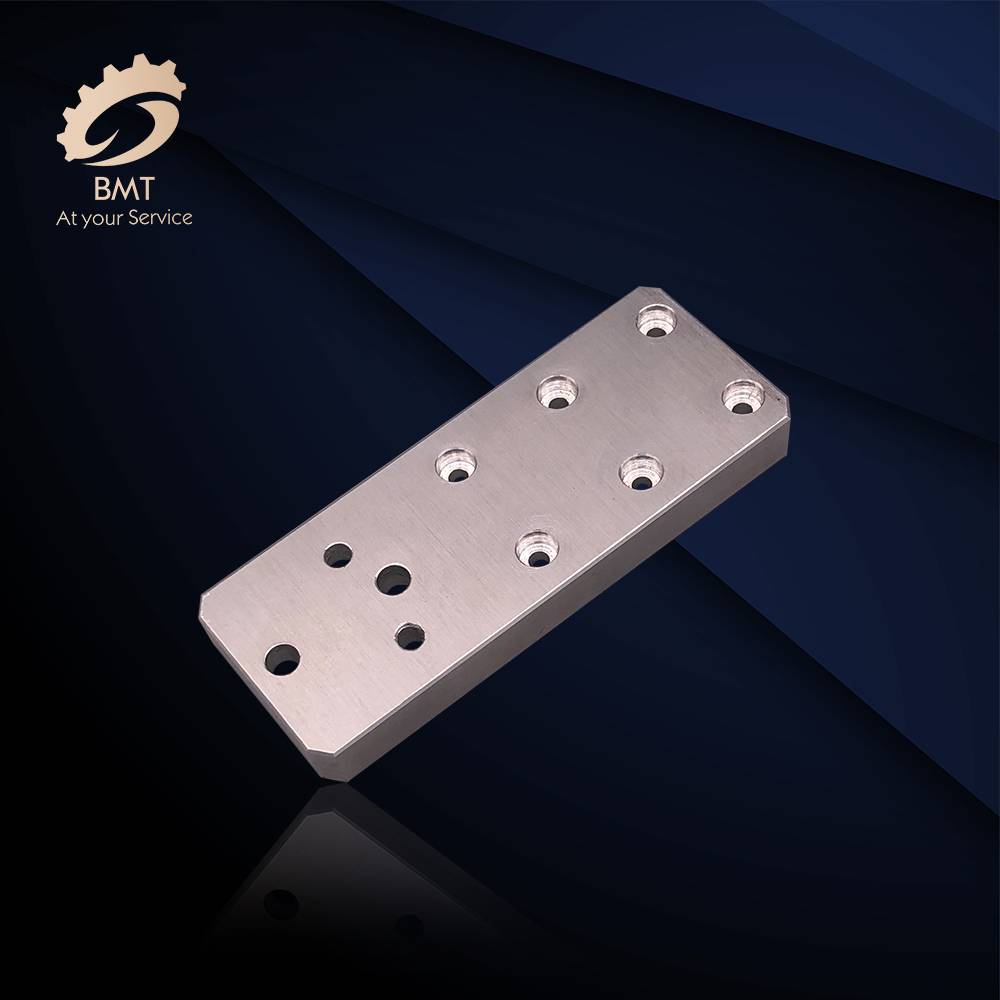





Related Product Guide:
With our superb management, potent technical capability and strict quality command procedure, we go on to provide our shoppers with trustworthy high-quality, reasonable costs and outstanding services. We goal at becoming considered one of your most trustworthy partners and earning your pleasure for Super Purchasing for Cnc Turned Components - Different Types of Machining Operations – Basile, The product will supply to all over the world, such as: India, Miami, Bolivia, "Make the women more attractive "is our sales philosophy. "Being customers' trusted and preferred brand supplier" is the goal of our company. We've been strict with every part of our work. We sincerely welcome friends to negotiate business and start cooperation. We hope to join hands with friends in different industries to create a brilliant future.
This company can be well to meet our needs on product quantity and delivery time, so we always choose them when we have procurement requirements.
Send your message to us:
-
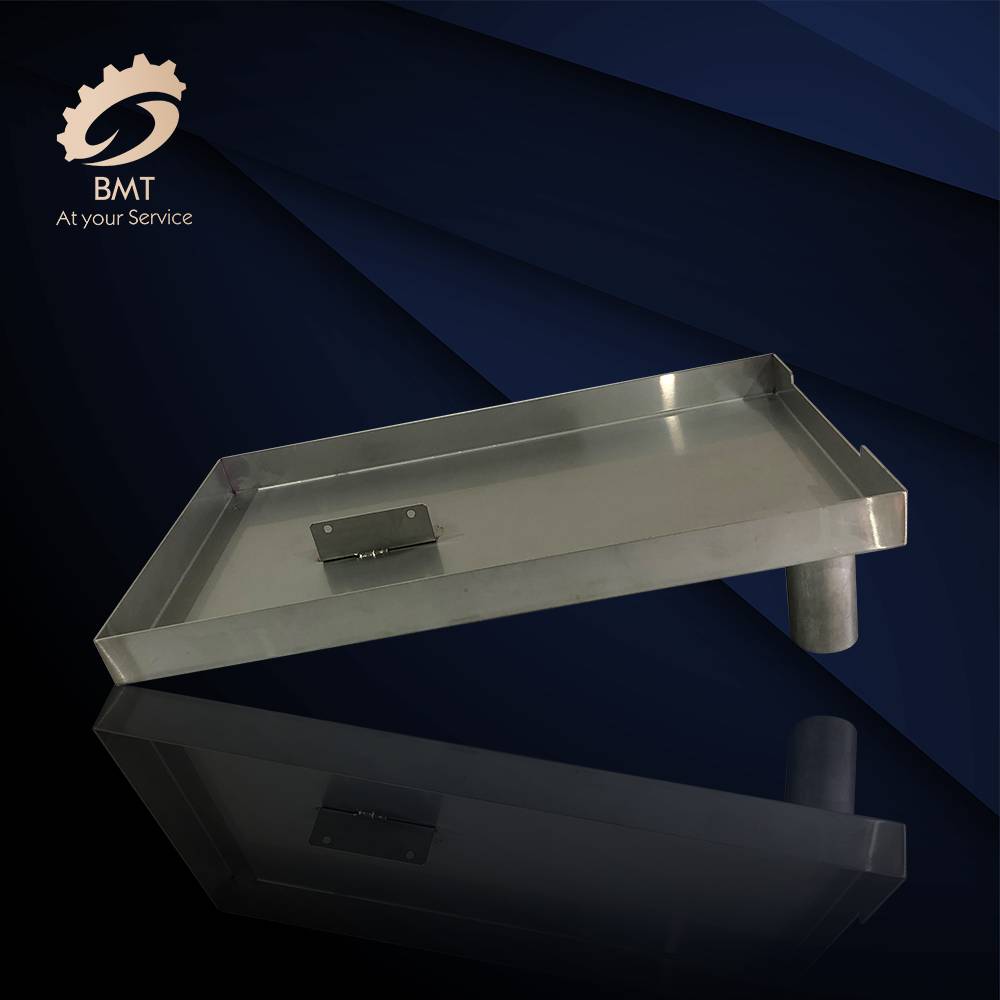
Super Lowest Price Custom Metal Manufacturing -...
-
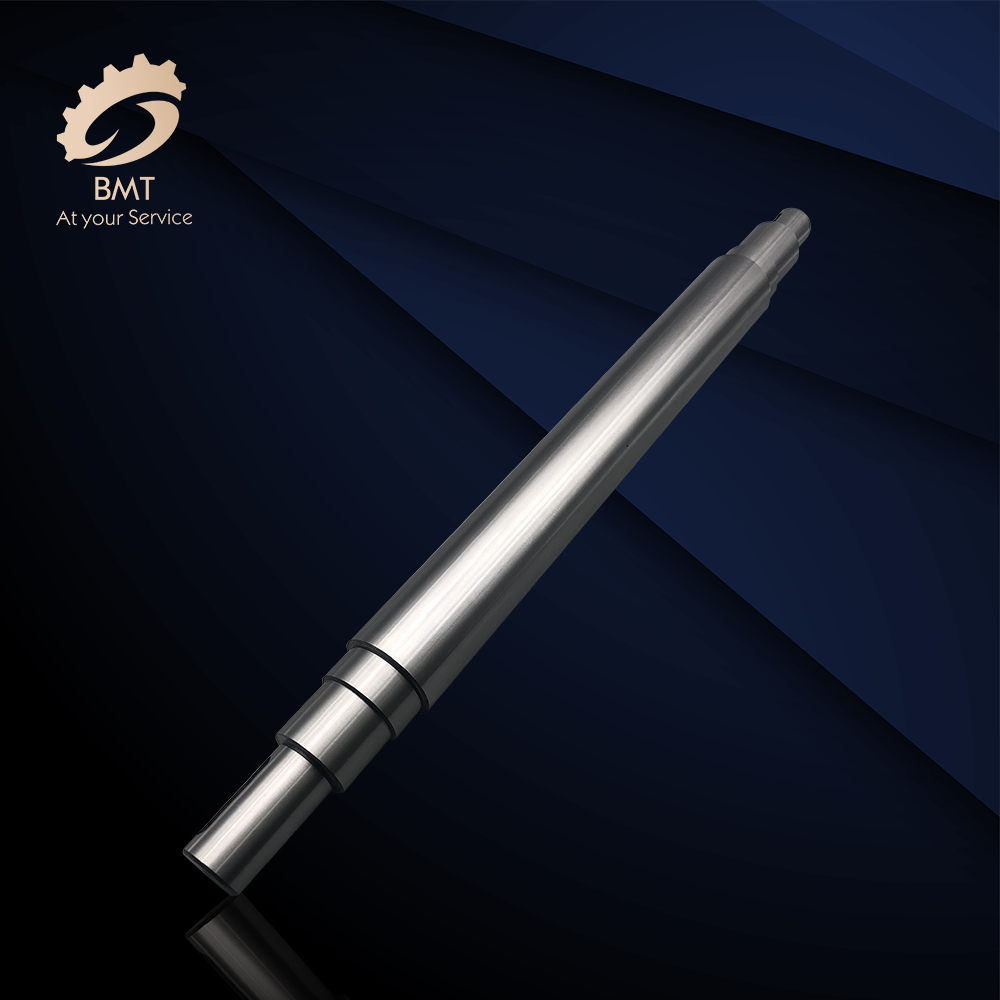
Wholesale Dealers of Carbon Steel Precision Cnc...
-

Low price for Five-Axis Machining - Profession...
-
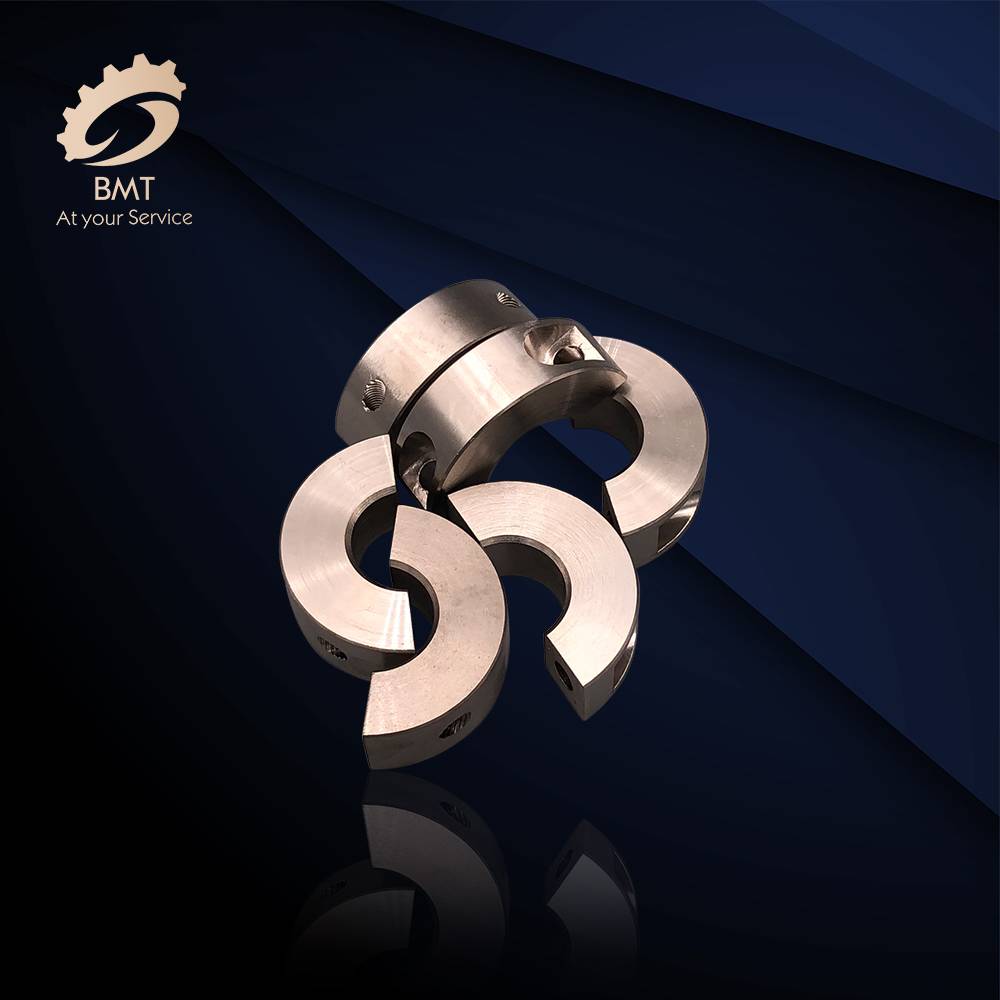
Big Discount Cnc Parts Manufacturer - CNC Mach...
-
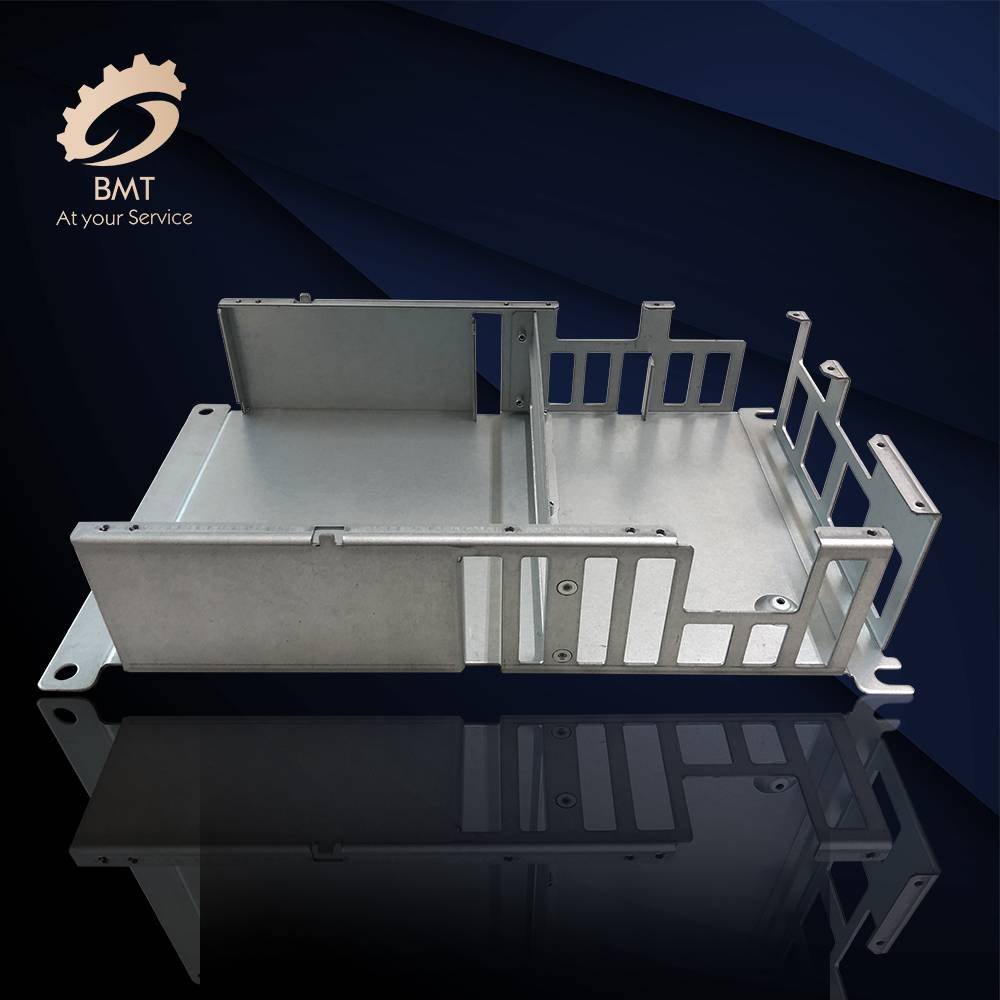
Factory directly Sheet Metal Bending Services -...
-
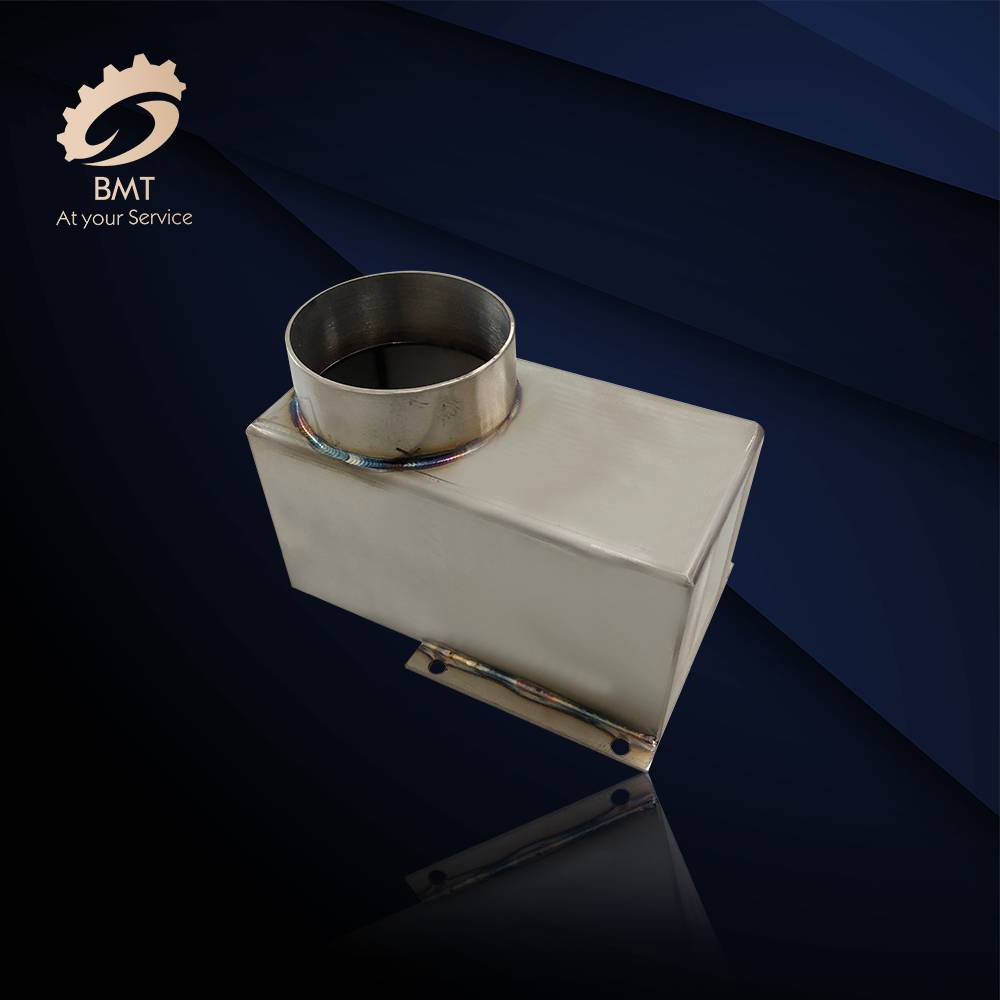
Factory wholesale Cnc Sheet Metal Punching Mach...
